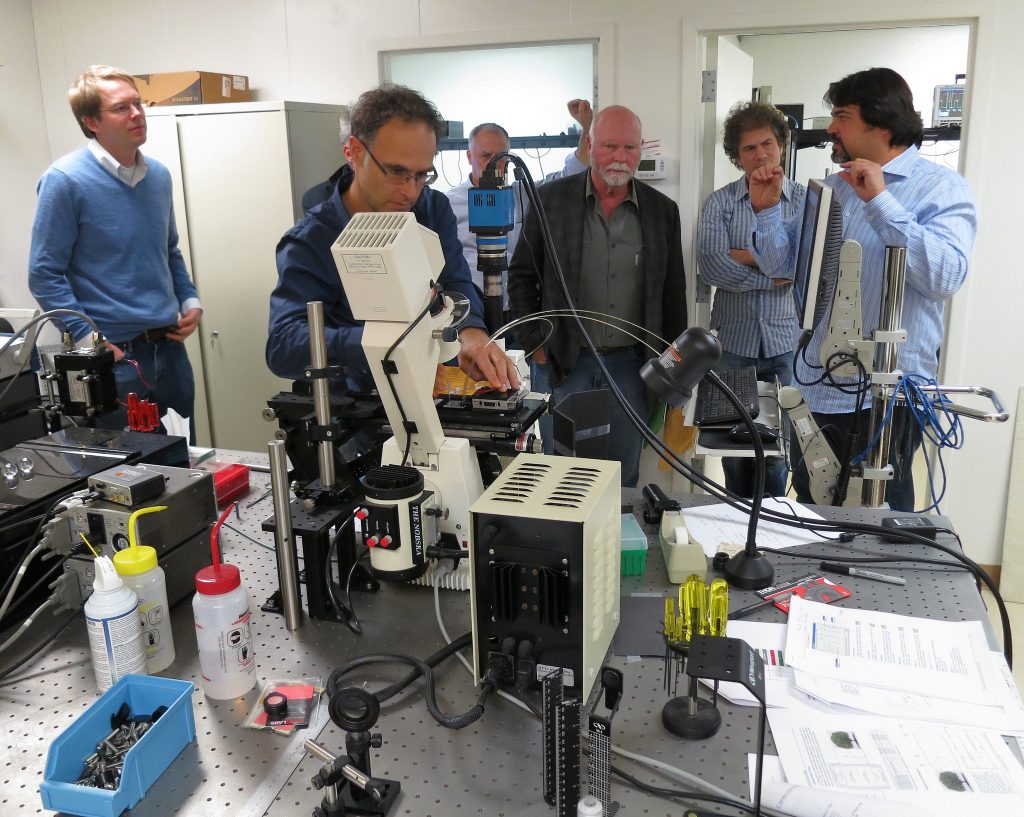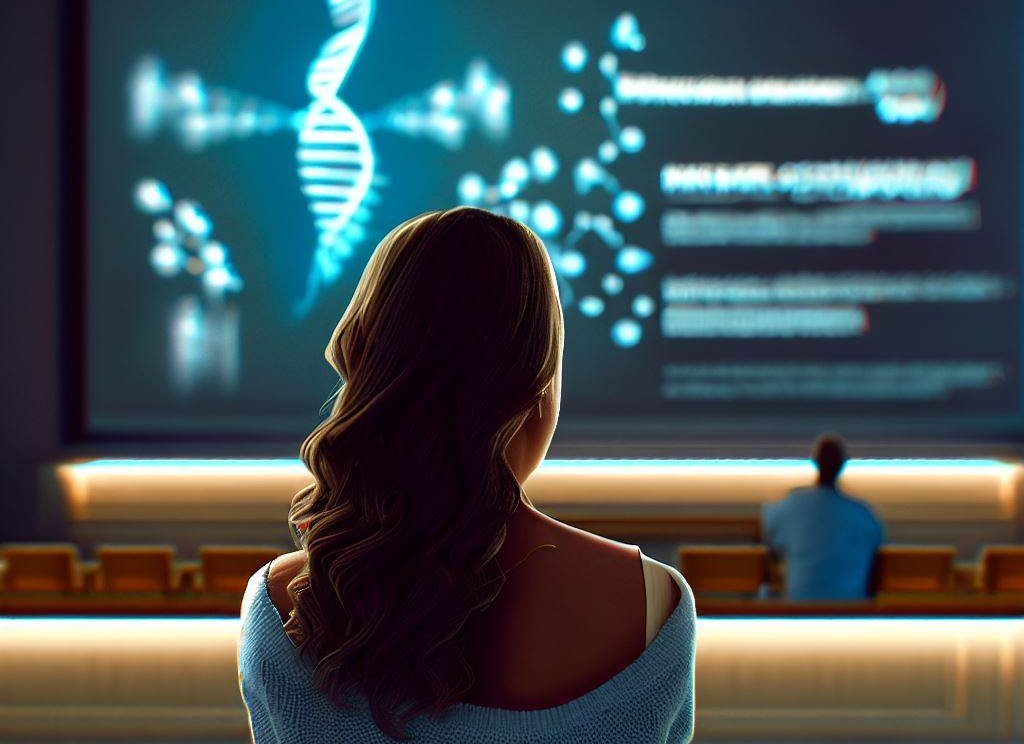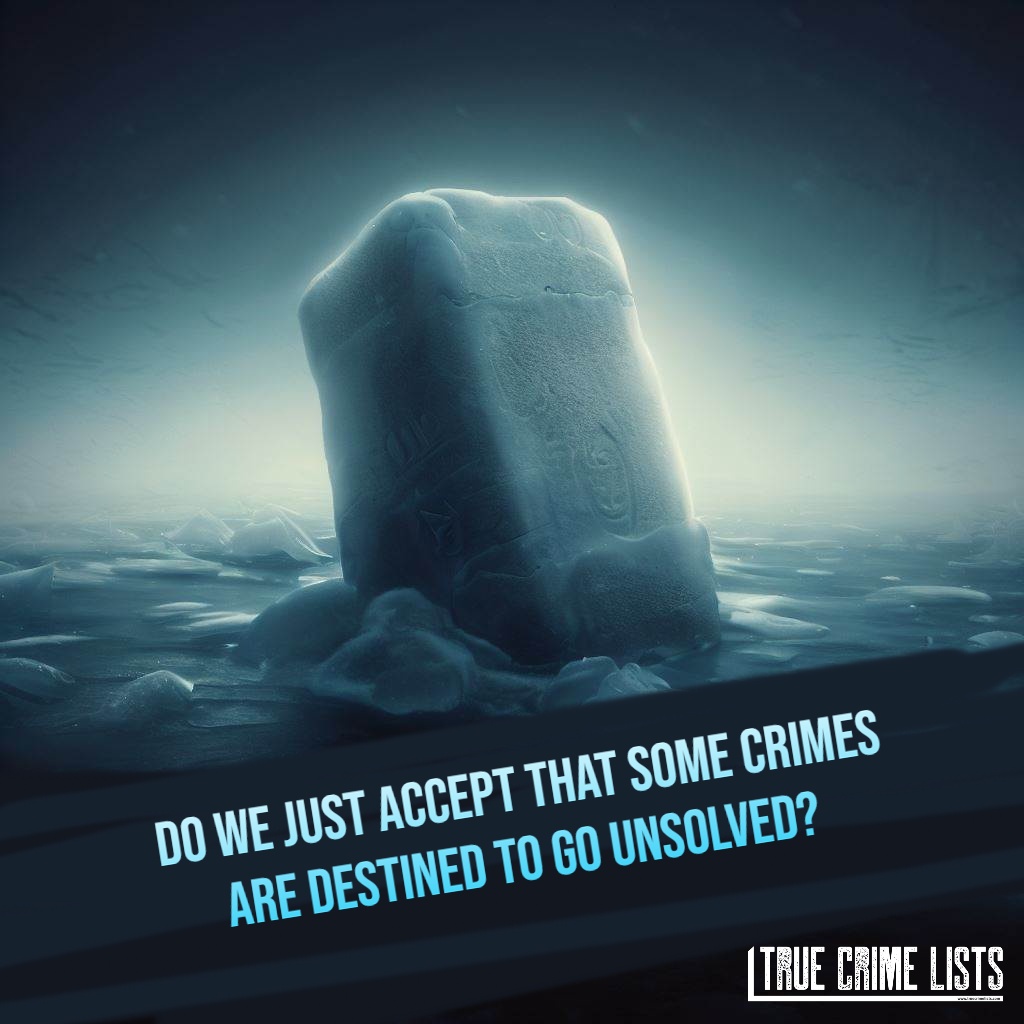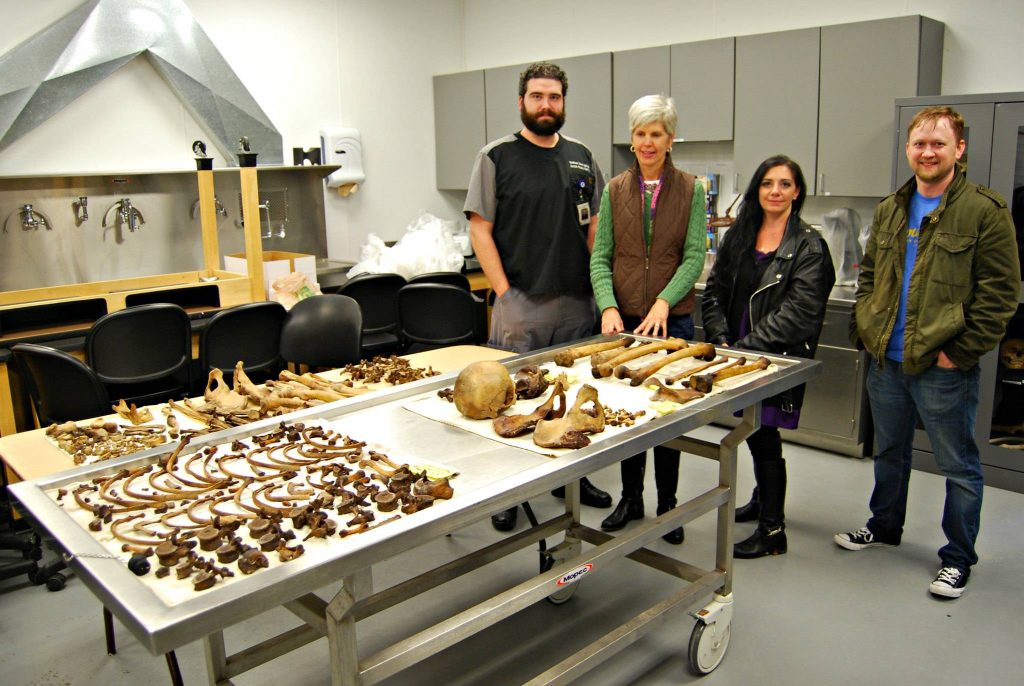It bugs the hell out of me why this has not been solved.
Unmasking Justice: The Role of DNA Technology in Solving Cold Cases

DNA technology has revolutionised crime fighting. Its power lies in its ability to irrefutably link criminals to their crimes, bringing justice to victims and closure to cold cases.
As technology advances, we’re seeing an increasing number of once-unsolvable cases being cracked wide open, thanks to the humble DNA molecule.
Despite the misconception that DNA technology can go no further, it’s actually just getting started!
The Emergence of DNA Profiling
In the mid-1980s, British geneticist Sir Alec Jeffreys developed DNA fingerprinting, a technique that analyses specific regions of the genome to produce a unique identifier.
It was a game-changer. It meant that a burglar – or worse – could be definitively linked to a crime scene by leaving behind something as insignificant as a hair follicle.
Just as each person has unique fingerprints, so too does each person have a unique DNA profile.
The Golden State Killer: A Triumph for Forensic Genetics

One of the most famous cases to benefit from advances in DNA technology is the Golden State Killer.
For over 40 years, the man behind a terrifying crime spree in California that included 13 murders and more than 50 sexual assaults, remained a mystery.
That was until 2018 when DNA technology identified Joseph James DeAngelo as the perpetrator.
Investigators used a novel approach, uploading a DNA profile from one of the crime scenes to a genealogy website. DeAngelo was eventually identified through his family’s DNA profiles.
Familial DNA Searching: Casting a Wider Net
Familial DNA searching, as used in the Golden State Killer case, involves searching DNA databases for profiles that partially match the DNA from a crime scene.
This technique can identify close relatives of the perpetrator, providing a new avenue of investigation.
Familial DNA searching has raised privacy concerns, but its potential to solve cold cases cannot be understated.
The Future: Next-Generation Sequencing and Beyond
Next-Generation Sequencing (NGS) is the latest advancement in DNA technology.
It provides even more detailed information from DNA, including predicting a person’s physical appearance and ancestral origins.
As the technology becomes more refined and accessible, its potential in crime-solving is enormous.
Rapid DNA Analysis: Speeding Up Justice
In the race against time, rapid DNA analysis is emerging as a potent tool. Traditional DNA analysis could take weeks, even months, but rapid DNA systems have cut this down to mere hours.
This expedited process allows law enforcement agencies to quickly establish a suspect’s involvement in a crime, leading to swift justice and potentially preventing further criminal activities.

DNA Databases: A Double-Edged Sword
DNA databases, which store DNA profiles of convicted criminals and arrestees, play a crucial role in the fight against crime.
However, their existence raises substantial ethical and privacy concerns.
Balancing the potential benefits of these databases in solving crimes against the right to privacy remains a complex issue that requires ongoing discussion and regulation.
The Power of Public Involvement
The public’s role in solving crimes via DNA technology is noteworthy.
Increasingly, people are utilising direct-to-consumer genetic testing services, and some are voluntarily uploading their genetic data to public databases.
This trend was crucial in solving the Golden State Killer case and could potentially help solve numerous other cold cases.

DNA Technology, A Silent Hero
The role of DNA technology and its impact on modern crime-solving is profound. It serves as a silent hero, unearthing truth from the shadows and bringing justice to light.
Despite ethical concerns that need careful handling, the potential of DNA technology in criminal justice remains enormous and untapped.
As it evolves, we can look forward to a future where no crime is left unsolved, and justice is always served. Unless Minority Report becomes a reality then DNA technology is out the window!
READ NEXT: 8 Unsolved Cold Cases in Utah
- What Happens to Cold Cases? The Intricacies and Unsolved Mysteries Explained

- 13 Facts You Need to Know About Levi Bellfield: The Bus Stop Stalker

- How Has Pathology Evolved Over Time? (History of True Crime)

- Trio Convicted of June 2022 Westminster Murder of Adnan Saleh

- How Did Forensic Science Evolve Through History? (History of True Crime)

I feel like there should be more killers who use the internet especially in today's world.
Thanks for this. Anymore podcast lists coming anytime soon??
Not just females.
[…] Not So Heavenly Creatures: The case of two teenage girls who fell in love, created their own religion, entered…
There's a lot more the Italian authorities are not releasing over this case. Makes you wonder the extent of the…

 T
T
What Happens to Cold Cases? The Intricacies and Unsolved Mysteries Explained

 T
T
13 Facts You Need to Know About Levi Bellfield: The Bus Stop Stalker

 T
T
How Has Pathology Evolved Over Time? (History of True Crime)

 T
T


